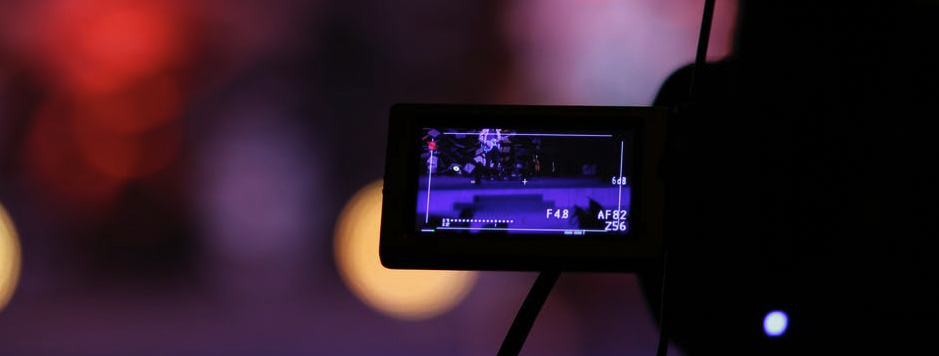Have you ever wanted to record something that’s happening on your Mac?
Perhaps you’re getting some remote assistance for a technical problem and want to capture that problem in action; maybe you’re breaking some good news to a family member over FaceTime and want to record that magical moment, or perhaps you’re an aspiring YouTuber and dream of making your first MacBook tutorial or Let’s Play video.
In this article, I’ll show you all the different ways that you can record exactly what’s happening on your screen.
Record your screen on macOS Mojave
If you’ve upgraded to macOS Mojave then you’re in luck: recording your screen just got a whole lot easier in the latest and greatest release of macOS, thanks to Apple’s new Screen Record tool.
The first step, is launching your Mac’s screenshot toolbar using the “Command+Shift+5” keyboard shortcut. Once this toolbar is visible, you can choose between:
- Recording everything that’s happening onscreen. Select the “Record Entire Screen” button and then click the red “Record” button. If you’re using multiple monitors, then once you click the “Record” button you’ll be prompted to choose between “Screen 1” and “Screen 2.”
- Recording a section of the screen. If you just want to record a section of your screen, then select “Record selected portion” and drag to highlight the area of the screen that you want to record. Once you’re happy with your selection, click “Record.”
To finish your recording:
- Click the “Stop” button in the menu bar, or use the “Shift+ Command + 5” keyboard shortcut. A thumbnail of your video will now appear in the bottom-right corner of the screen.
- Select this thumbnail to open your clip in Quick Look, where you can then use the controls to trim the recording, or share it.
Record your screen using Apple’s QuickTime Player
If you haven’t upgraded to Mojave, then you can record everything that’s currently happening onscreen screen using the QuickTime Player, which comes pre-installed on macOS:
- Open a new “Finder” window.
- Navigate to “Applications” and launch the QuickTime Player.
- Select “File > New Screen Recording” from the QuickTime menu bar.
- A new “Screen Recording” popup will appear. Select the little white arrow to open a dropdown menu.

- Specify whether you want to record your Mac’s internal or external microphone, where available, and whether you want to record any mouse clicks that happen while you’re recording. Just be aware that QuickTime cannot record audio from any videos that are playing on your screen, so you can’t use this method to record directly from YouTube or Netflix.
- If you want to record part of your screen, then click the red “Record’ button and, when prompted, drag to highlight the section of the screen that you want to capture. Once you’re happy with your selection, press the red “Record” button again. If you want to record the whole screen, click the red “Record” button and then click anywhere on your screen to begin recording.
- Once you’ve finished recording, Control-click the QuickTime icon in your Mac’s Dock and then select “Stop Recording.”
Regularly recording your screen? Try a third party app
If you just want to record the occasional clip, then macOS’ built-in features may be enough, but if you’re recording your screen on a regular basis then you might want to invest in a third party screen recorder app.
There’s plenty of dedicated screen recording apps available, but some free applications include OBS Studio, Monosnap and Apowersoft. Alternatively, if you don’t mind shelling out for your screen recording software, then you might want to check out Camtasia or Capto.






Add Comment